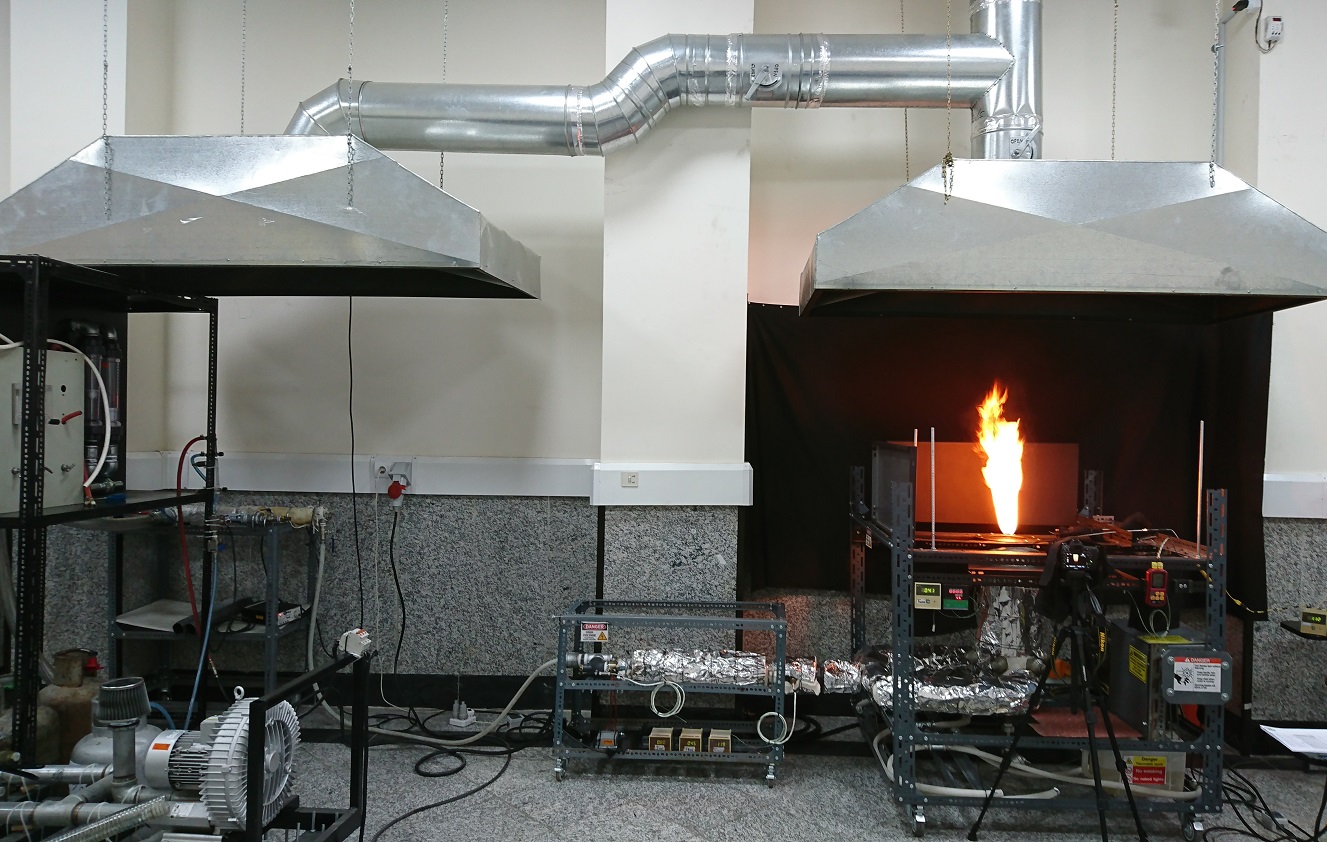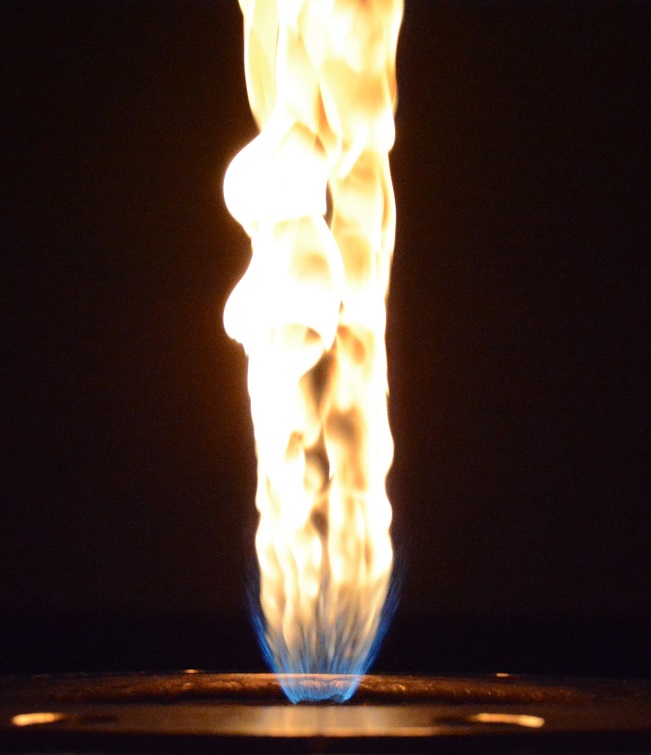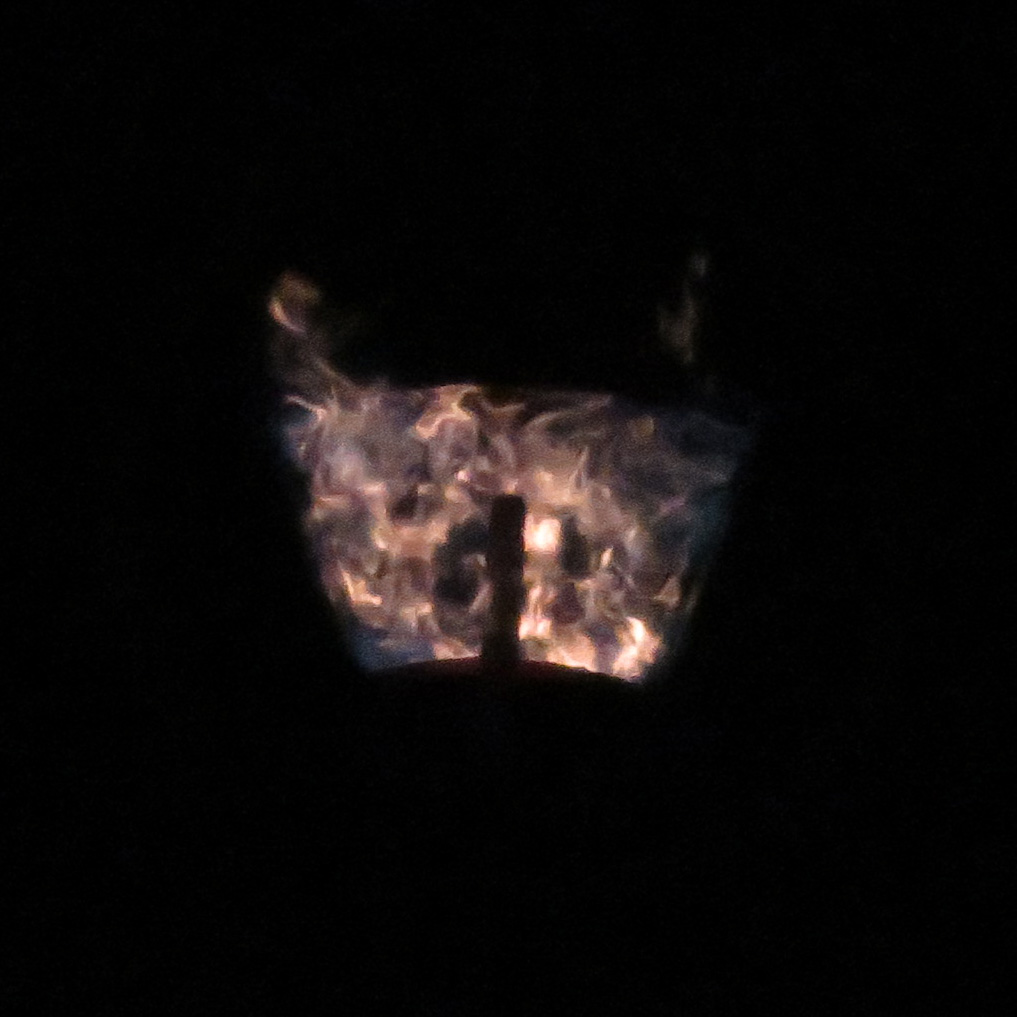Experimental and Numerical Study of Spray Combustion under Hot-Diluted Conditions
MILD (moderate or intense low oxygen dilution, also known as FLOX, CDC, and LNI) combustion is a promising technology for a clean, stable, and high-efficiency combustion. On the other hand, the combustion of liquid fuels under this combustion regime has immeasurable potentialities in industrial applications such as gas turbines, petrochemical furnaces, and steel heat treatment furnaces. Although up to this day multiple research groups have investigated the physical and practical aspects of MILD combustion for gaseous fuels, research on liquid fuels, in particular in their most practical manner, i.e., spray, has been so scanty. The objective of this project is to scrutinize the phenomena involving the MILD-Spray combustion regime to contribute to the development of the technology for industrial applications. Hence, a novel type test rig is designed and constructed at Sharif University Aerospace Advanced Combustion Laboratory (AACL) to investigate the physics of spray combustion under the hot-diluted conditions. This test rig is capable of preheating the oxidizer stream up to 900 k and diluting the oxygen level as low as 9% volumetric, and besides, it is compatible with different liquid and gaseous fuels. The experimental results can be used as a database to corroborate the capability of numerical models in simulating the underlined combustion regime, as well.

MILD-Spray Test Rig (MSTR) at Aerospace Advanced Comb. Lab. (AACL)

Kerosene Spray Flame Under Conventional Conditions

Kerosene Spray Flame in Preheated Coflow

Kerosene Spray Flame in Hot-Diluted Coflow
Design and Construction of an Atmospheric Gas Turbine Combustor Test Rig and Performance Test of a Sample Single-Burner Sector
Atmospheric gas turbine combustion chamber test rigs are invaluable means in the preliminary design of gas turbine combustors, making them a strategic technology for the respective industries. Even though most of the gas turbine corporations have a monopoly on atmospheric, as well as pressurized, combustor test rigs, in recent years, some research groups within the academic venues have embarked on the design and development of such valuable apparatus. In this regard, to enhance the performance of a sample gas turbine combustion chamber, an atmospheric gas turbine combustor test rig was designed and constructed at Amirkabir University Combustion Laboratory (ACL). This test rig can be utilized to evaluate the effect of geometric variations on the performance of the combustion chamber. Also, flammability and stability map, ignition map, exhaust gas composition, exhaust gas temperature profile, and liner wall temperature can be studied, as well. This rig has the potentiality of performing combustion tests with a maximum airflow rate of 800 m3/hr and preheated air up to 1000K, as well as different types of liquid and gaseous fuels. In addition, a numerical code for prediction of liner wall temperature, as well as exhaust gas temperature profile, was developed and corroborated with experimental results.

Gas Turbine Combustor Test Rig (GTCTR) at Amirkabir Comb. Lab. (ACL)

Sample Gas Turbine Combustor Operating at Fuel Rich Conditions

Sample Gas Turbine Combustor Operating at Stoichiometric Conditions

Sample Gas Turbine Combustor Operating at Fuel Lean Conditions
